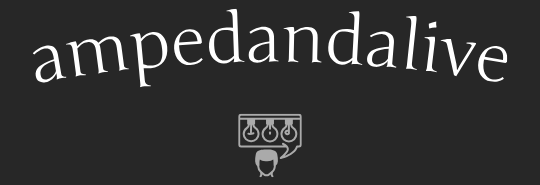Understanding the Modern Workplace Conundrum
The modern workplace presents a unique challenge: the constant pressure to achieve peak performance while simultaneously navigating the complexities of personal life. The lines between work and personal time have blurred, leading to increased stress, burnout, and a general sense of imbalance. For many professionals, particularly those in demanding fields like consulting, striking a healthy work-life balance feels more like a distant dream than a realistic goal. This is where BCG’s new work-life guide aims to intervene, offering practical strategies and a fresh perspective on achieving a more sustainable and fulfilling professional life.
BCG’s Approach: A Holistic Perspective
BCG’s guide doesn’t offer a quick fix or a one-size-fits-all solution. Instead, it recognizes the inherent individuality of each employee’s situation. It adopts a holistic approach, acknowledging that work-life balance is not simply about managing time effectively, but also about cultivating a mindset that prioritizes well-being. The guide encourages self-reflection, urging individuals to honestly assess their current work habits, identify their personal values, and define their own definition of a balanced life. This personalized approach sets it apart from generic productivity guides.
Prioritizing Well-being: Mental and Physical Health
A significant portion of the guide is dedicated to prioritizing mental and physical health. It emphasizes the importance of regular exercise, mindful breaks throughout the workday, and sufficient sleep. Beyond the purely physical, the guide also delves into strategies for managing stress, such as meditation, deep breathing exercises, and engaging in hobbies outside of work. It recognizes that a healthy mind is crucial for sustained productivity and overall well-being, advocating for open communication with managers about mental health concerns and utilizing available resources for support.
Time Management Techniques: Mastering Your Schedule
Effective time management is presented not as a rigid set of rules, but as a flexible framework that can be adapted to individual needs and preferences. The guide explores various techniques, such as time blocking, prioritizing tasks based on importance rather than urgency, and the power of saying “no” to non-essential commitments. It emphasizes the importance of planning ahead, setting realistic goals, and regularly reviewing progress to ensure efficiency and avoid feeling overwhelmed by an overflowing to-do list.
Setting Boundaries: The Art of Disconnection
One of the key messages of the guide is the importance of setting boundaries between work and personal life. This involves establishing clear boundaries around working hours, resisting the temptation to constantly check emails after hours, and actively disconnecting from work during personal time. The guide encourages mindful technology use, suggesting strategies to limit distractions and create dedicated time for family, friends, and personal pursuits. This deliberate disconnection is highlighted as essential for preventing burnout and maintaining a healthy work-life integration.
Leveraging Technology Wisely: Tools for Productivity and Balance
The guide doesn’t shy away from the role of technology in both enhancing productivity and potentially hindering work-life balance. It explores the benefits and drawbacks of various productivity tools and applications, encouraging mindful selection and usage. Instead of promoting technology as a panacea, the guide emphasizes the importance of using technology strategically to support, rather than control, one’s work and life. This includes using technology to automate tasks, streamline workflows, and facilitate communication, but also setting limits on its use to prevent overworking.
Building a Supportive Network: The Power of Community
The guide underscores the significance of building a strong support network, both within and outside of the workplace. It encourages open communication with colleagues and managers about workload, challenges, and personal needs. It highlights the importance of seeking mentorship and support from experienced colleagues, as well as cultivating relationships with friends and family outside of work to provide emotional sustenance and perspective. This emphasis on community highlights the understanding that work-life balance is not a solitary journey.
Continuous Self-Reflection and Adaptation
Finally, the guide emphasizes the ongoing and iterative nature of finding work-life balance. It’s not a destination to be reached, but rather a continuous process of self-reflection, adaptation, and refinement. The guide encourages regular self-assessment, allowing individuals to track their progress, identify areas for improvement, and adjust their strategies as needed. It promotes a mindset of flexibility and resilience, recognizing that life’s circumstances change, and so too should one’s approach to maintaining a healthy work-life balance. Read more about work-life balance at BCG.


